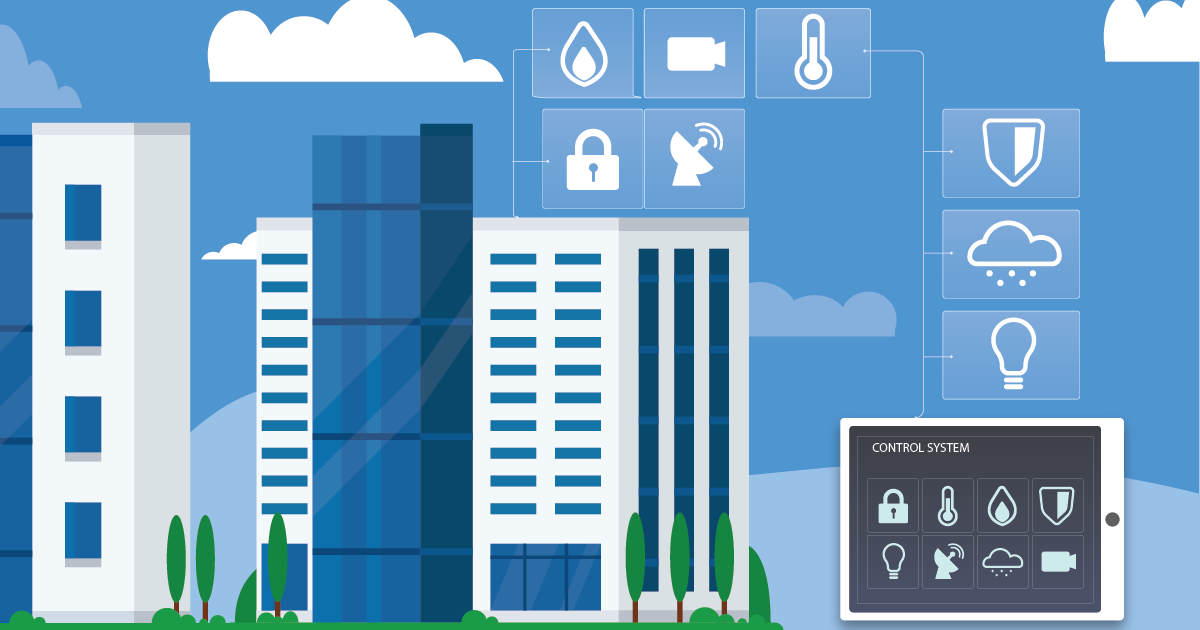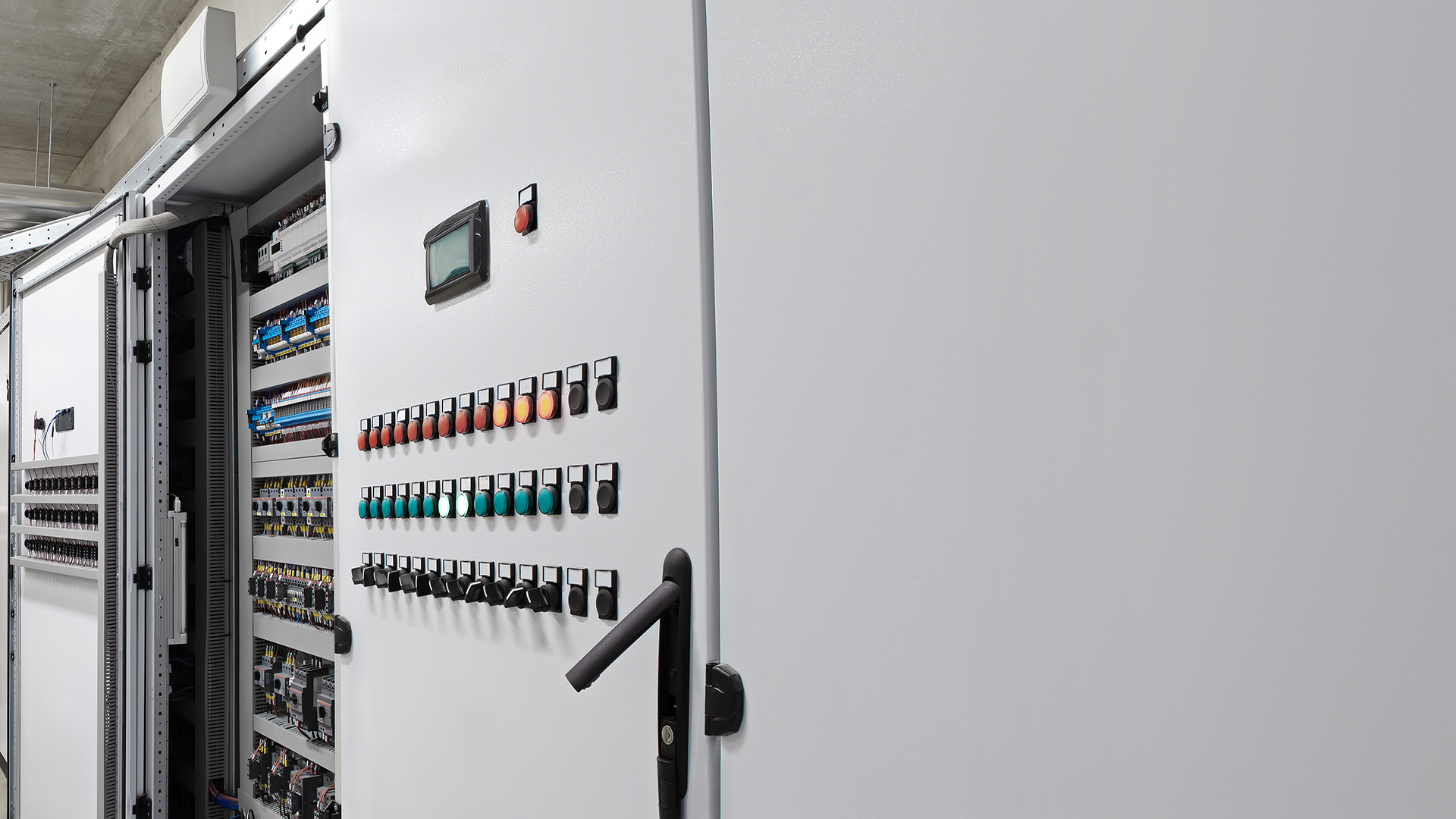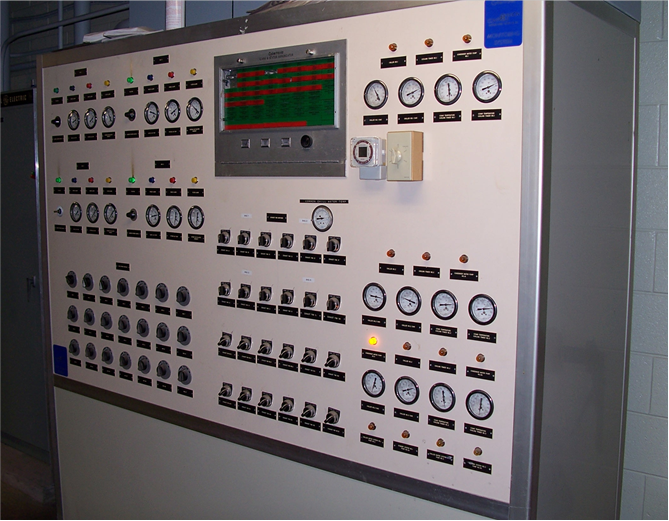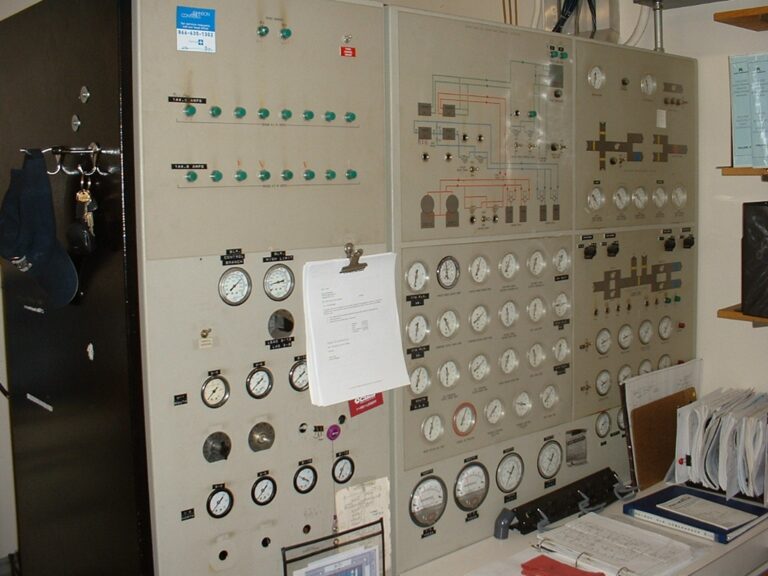Building Automation Systems (BAS) have come a long way since their inception, transforming from simple control mechanisms to sophisticated, integrated platforms that enhance building efficiency, comfort, and safety. Understanding the history and evolution of BAS helps to appreciate why certain parts and systems are no longer available and how technological advancements have shaped their current capabilities.
A Brief History of BAS Development
The journey of BAS began in the mid-20th century with the introduction of basic control systems for heating, ventilation, and air conditioning (HVAC). Initially, these systems were mechanical and required manual adjustments, making them labor-intensive and less precise. One of the earliest advancements was the birth of pneumatic controls in the early 1900s. Pneumatic systems used compressed air to control HVAC functions, allowing for more precise and automated adjustments compared to manual methods. These systems dominated the market for several decades due to their reliability and simplicity.
As technology advanced, the 1970s and 1980s saw the advent of digital control systems. These early BAS could monitor and control HVAC systems more efficiently but were still relatively isolated, focusing primarily on individual building functions.
The 1990s brought significant changes with the integration of various building systems into a single BAS platform. This era saw the rise of Direct Digital Control (DDC) systems, which provided more precise control and the ability to network multiple devices. The development of open protocols, such as BACnet and LonWorks, enabled different manufacturers’ systems to communicate, fostering greater interoperability and flexibility.
Why Certain Parts and Systems Are No Longer Available
As BAS technology evolved, older systems and components became obsolete. Several factors contribute to this obsolescence:
- Technological Advancements: Newer technologies offer improved functionality, efficiency, and reliability. As a result, manufacturers phased out older, less efficient components in favor of modern alternatives.
- Standardization and Protocol Changes: The industry has gradually moved towards standardized protocols like BACnet, leading to the discontinuation of proprietary systems that can’t easily integrate with newer technologies.
- Manufacturer Support: As companies innovate, they eventually stop supporting older systems and parts, focusing their resources on current and future technologies. This lack of support makes it difficult to maintain and repair outdated systems.
- Regulatory and Compliance Issues: New regulations and building codes often require more advanced and efficient systems, rendering older components non-compliant and, therefore, unusable.
Technological Advancements Shaping Current BAS Capabilities
Modern BAS are vastly different from their predecessors, thanks to numerous technological advancements:
- Integration and Interoperability: Today’s BAS can integrate various building systems, including HVAC, lighting, and security, into a single platform. This integration enables centralized control and monitoring, improving efficiency and response times.
- Smart Technologies: The emergence of the Internet of Things (IoT) has revolutionized BAS by allowing devices to communicate and share data in real time. Smart sensors and actuators provide granular control and insights, optimizing building performance.
- Cloud Computing and Analytics: Cloud-based BAS platforms offer remote access and control, making it easier to manage multiple buildings from a single interface. Advanced analytics help in predictive maintenance, energy management, and fault detection, leading to significant cost savings and improved building performance.
- User-Friendly Interfaces: Modern building automation systems feature intuitive, user-friendly interfaces that simplify system management. These interfaces often include graphical representations of building systems, making it easier for operators to monitor and control various functions.

The evolution of BAS reflects the broader technological advancements and changing needs of the building management industry. While the transition from older systems and parts can present challenges, the benefits of modern BAS in terms of efficiency, reliability, and integration are undeniable. As we look to the future, continued innovation in BAS will further enhance the capabilities and impact of these essential systems.
Contact us to learn more about building automation systems for your commercial or industrial property.





